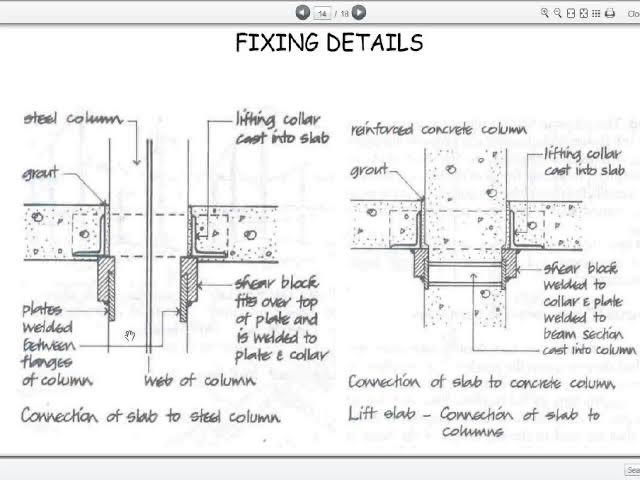Drapes
Structural
- Oct 27, 2012
- 97
Punching shear is a clear and apparent mode of failure when the column is poured to the underside of the slab (that is, when the slab bears over the column, as is conventionally seen in most situations).
Does this failure mode also apply if the slab does not inherently bear over the column, but is rather fixed to the face of the column on all sides (via couplers, pull-out bars, post-installed reo etc), as you would typically see for self-climbing columns that overshoot the slab level? In other words, you get a vertical cold joint all around the column face, as opposed to a horizontal cold joint at the underside of the slab.
I can see the logic for doing a shear friction type check here, but a punching shear mode of failure is not as apparent, although I get the sense it cannot be simply disregarded.
Does this failure mode also apply if the slab does not inherently bear over the column, but is rather fixed to the face of the column on all sides (via couplers, pull-out bars, post-installed reo etc), as you would typically see for self-climbing columns that overshoot the slab level? In other words, you get a vertical cold joint all around the column face, as opposed to a horizontal cold joint at the underside of the slab.
I can see the logic for doing a shear friction type check here, but a punching shear mode of failure is not as apparent, although I get the sense it cannot be simply disregarded.




